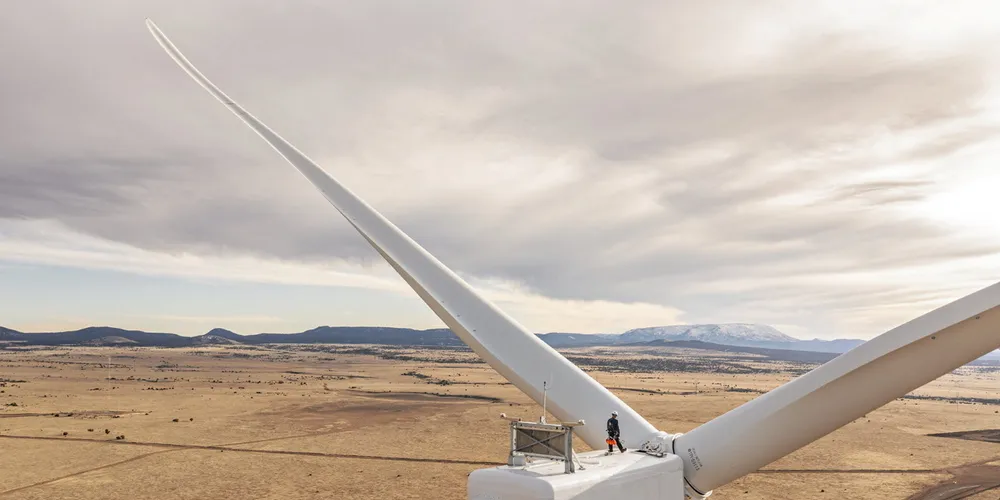GE rides 2MW and 3MW wind turbine segments to grab 56% of first half US onshore market
GE does even better with 62% of the 13.2GW development pipeline with a known turbine supplier with the market expected to renew growth in 2024

GE Renewable Energy in the first half of 2023 grabbed 56% of the US onshore wind turbine market led by its best-selling 2.82-127 model that accounted for more than one-third of industrywide installations, according to latest numbers from the American Clean Power Association (ACP).
Project developers installed 1.33GW of GE turbines through 30 June, 830MW of Vestas products, a 35% market share, and 222MW of Siemens Gamesa (9%), predominately the SG 4.5-145 model. No projects featured Nordex, which has been the number three vendor here this decade.
GE’s 2.82-127 took 34% of the US onshore turbine market and its 3.4-140 model was second with 13%, followed by Vestas’ V150-4.5 with 9%.
The first half continued a trend over the last year with GE domination of the market for turbines rated between 2MW to 3MW, 41% of capacity installed industrywide, and lead in the 3MW class, comprising 18%.
Vestas is the clear leader in the 4-5MW class with about 32% share of capacity installed across all turbine models. The Danish giant also is the early frontrunner in the 6MW class which is nascent for the US.
Siemens Gamesa and Nordex are largely competing for 10-15% of an onshore wind market that peaked at 16.8GW in 2020, the US single year record, but has contracted since.
On average, BloombergNEF, S&P, and Wood Mackenzie forecast about 8GW of installations this year versus 8.5GW in 2022 before a steady upward trend peaking at around 15GW in 2030.
GE, which benefits here as the lone American OEM, has been the leading US turbine supplier for this century except for 2016-17 when it was supplanted by Vestas.
Even so, that dominance has not translated into profitability. The onshore business has rung up significant losses this decade and despite years of effort to diversify globally, remains over-reliant on GE’s cyclical home market.
Onshore wind is the main component of GE Renewable Energy which lost $359m in the second quarter after $400m of red ink in the first quarter and $2.2bn in 2022.
It now is part of GE Vernova along with the company’s other energy businesses such as gas and offshore wind turbines, hydro, and nuclear, along with key energy transition technologies such as digitalisation and electric grid.
The division aims to be profitable in 2024 when GE plans to spin off Vernova as a “standalone, independent, investment grade leader in the energy transition.”
Of the 13.23GW of capacity with a known turbine supplier, GE is the leaders with 8.18GW (62%), then Vestas 4.1GW (31%), Nordex 880MW (7%), and Siemens Gamesa 73MW (1%).